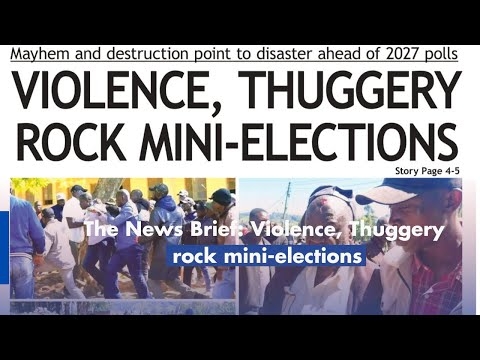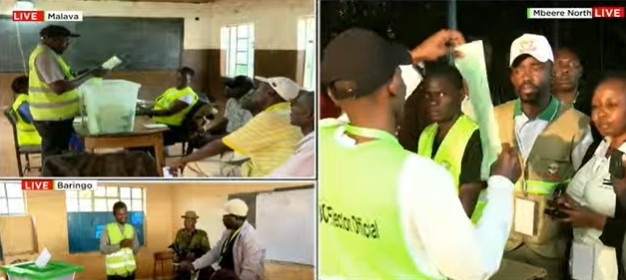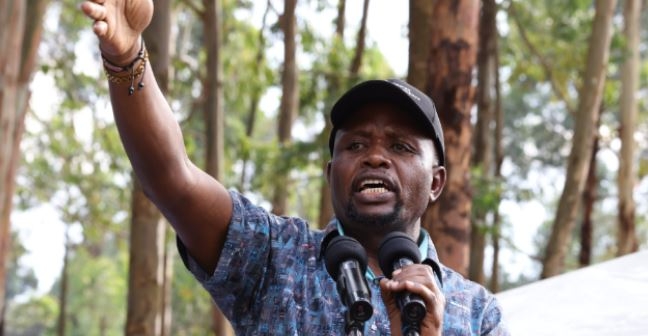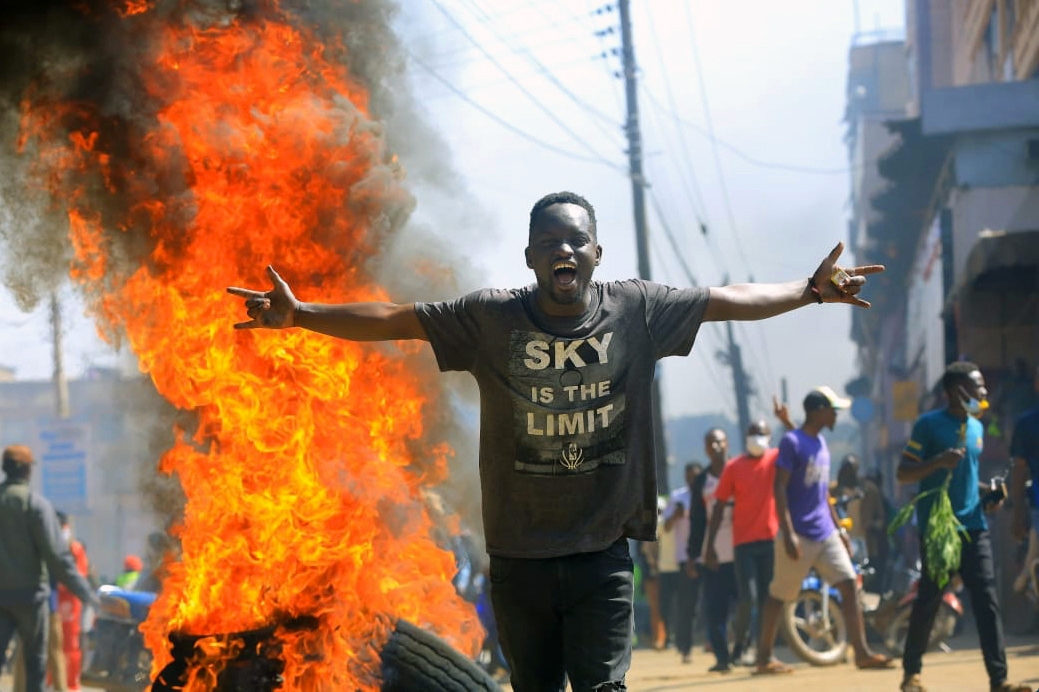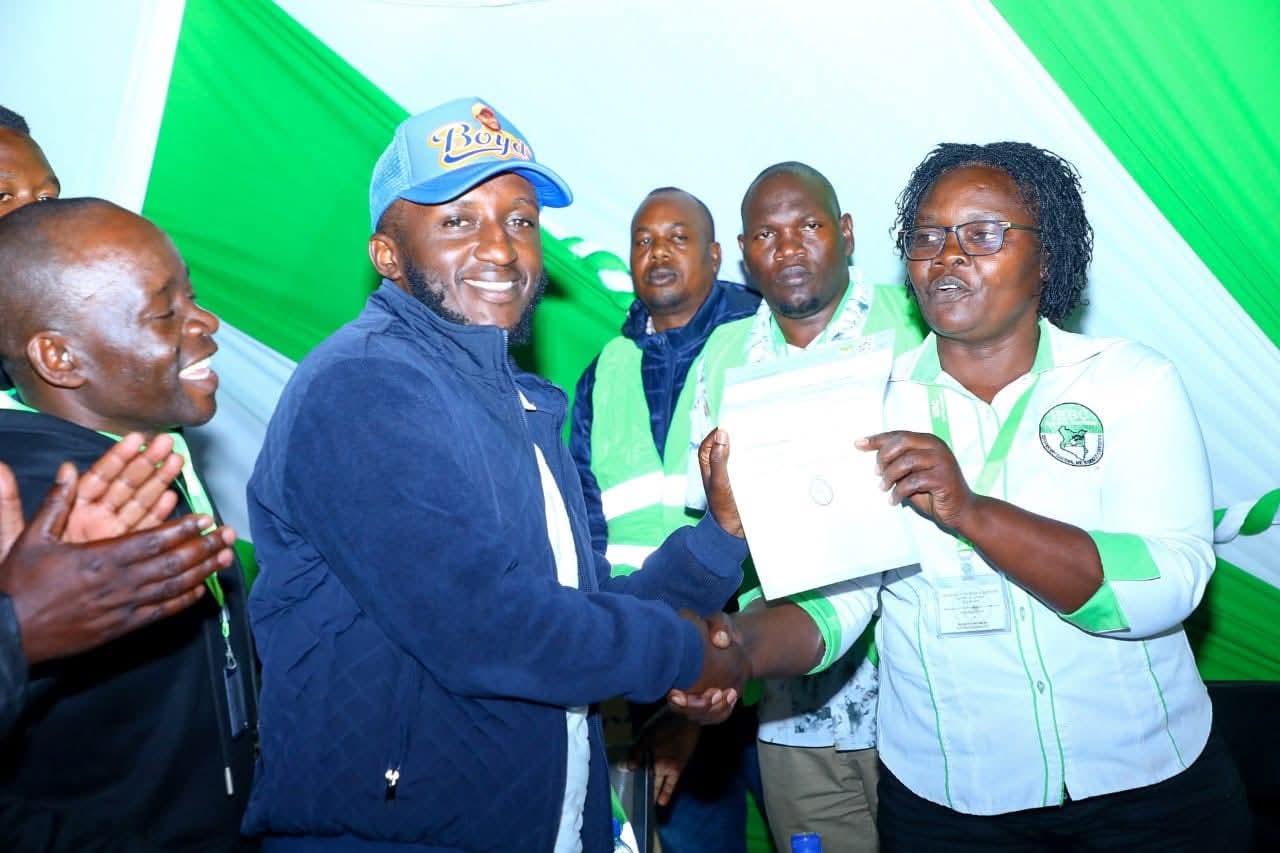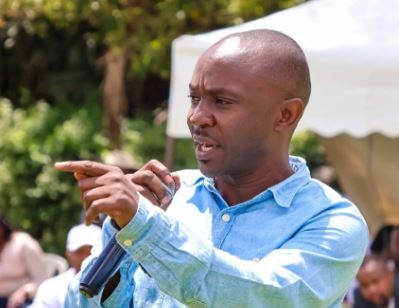Google has expanded its AI-enabled wildfire boundary tracking technology to countries that include Kenya.
Yossi Matias, vice president and head of Google Research, said the move is aimed at helping communities get the information they need to stay safe.
Matias said AI will provide accurate wildfire information to affected communities and the authorities.
“Wildfires around the world are becoming more frequent and more dangerous, especially with the rise of global temperatures. Their effects are felt by many communities as people evacuate their homes or suffer harm even from proximity to the fire and smoke,” Matias said.
The official, who addressed a media roundtable on July 25, said the innovation is part of Google's broad efforts to use AI to address the growing threats of climate change.
The AI-enabled wildlife boundary technology uses satellites to gather images using geostationary, lower earth orbit satellites and other data sources that provide continual coverage for a portion of the Earth.
Satellites include GOES-16 and GOES-18 for North and South America, and Himawari-9 and GK2A for Australia, Suomi NPP and NOAA-20 satellites with the VIIRS imager in other locations.
An ML-powered system analyses the continent-scale images by receiving a sequence of the three most recent images to compensate for temporary obstructions and inputs from two satellites.
An ML system detects wildfire boundaries by using a neural network to identify the total burnt area of the fire.
Matias said their mission is to apply AI to improve lives globally and help people access trusted information in critical moments.
The wildfire tracker is now available in highly affected countries in Europe (Greece, Cyprus, Spain, Portugal and France), Africa (Kenya and Rwanda), South America (Argentina, Brazil and Chile), as well as in parts of the US, Canada, Mexico and Australia.
The trackers help people stay informed about potential dangers near them or their loved ones.
Google said it continuously advances its research to expand coverage to more regions and countries.
Wildfires are becoming common as the impacts of climate change are felt across the globe.
A recent report, ‘Climate change impacts in Kenya: What climate change means for a country and its people’, shows that the average temperature in East Africa has increased by 0.7 degree Celsius and one degree Celsius, depending on the season between 1973 and 2013.
Patricia Nying'uro from the Kenya Meteorological Department, Dr Joyce Kimutai from KMD, Kenneth Mwangi from the World Resource Institute and Winnie Khaemba from Climate Analytics authored the report.
On February 17, 2023, a fast-spreading fire ravaged Aberdare National Park, destroying more than 40,000 acres.
On February 10, charitable trust, the Rhino Ark said the Aberdares, South Western Mau forest and Eburru Forest were facing devastating wildfires.
By February 11, the trust said the fire had erupted at Nyatoru Valley heading towards the fence and rangers and the community were trying to control it under the rough terrain around the Kahuho area.
In 2020, huge fires were reported in Tsavo East National Park.
In moments like a growing wildfire, knowing exactly where a blaze is underway and how to avoid it is crucial.
Using satellite data to create a wildfire boundary map, people will now see the approximate size and location right on their phone or desktop.


